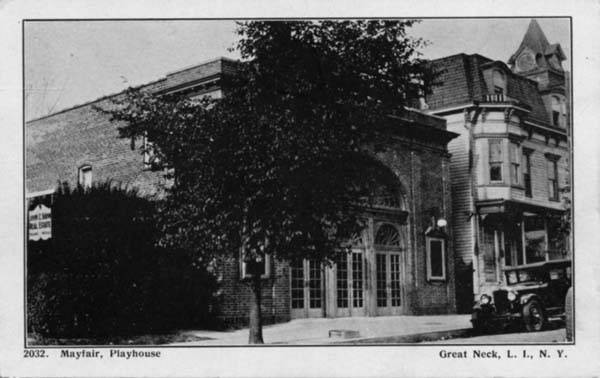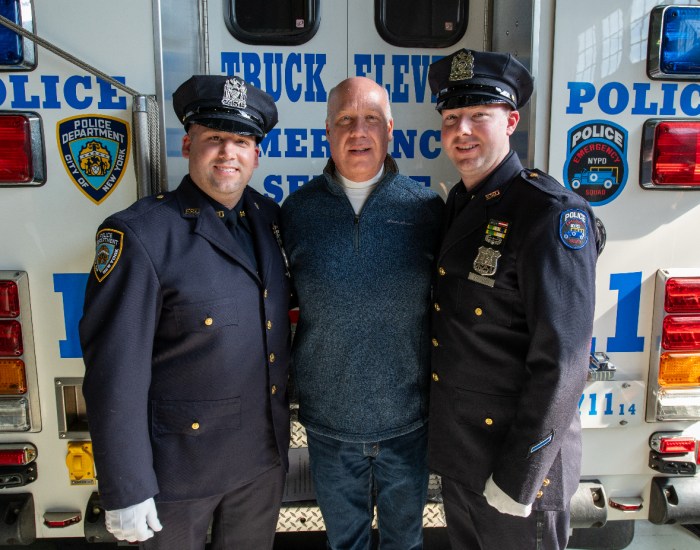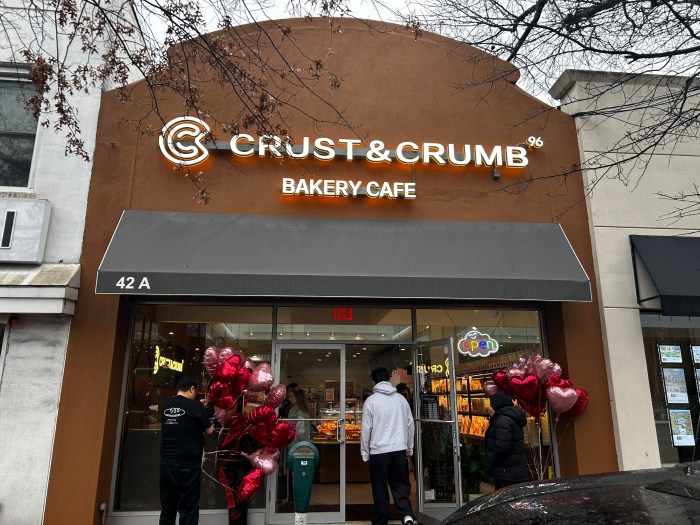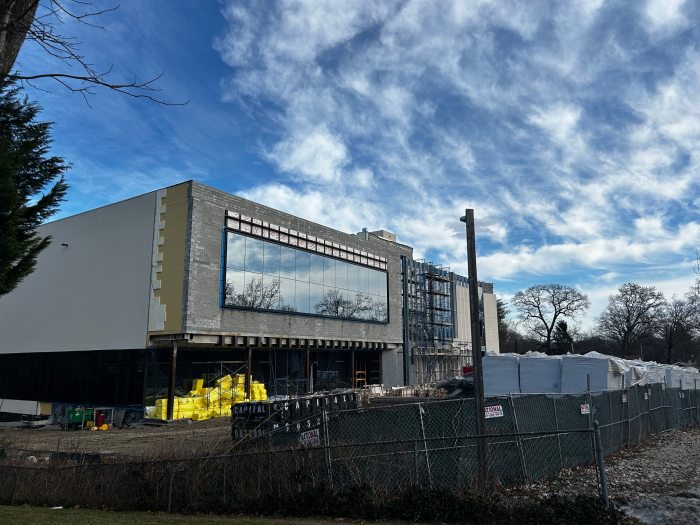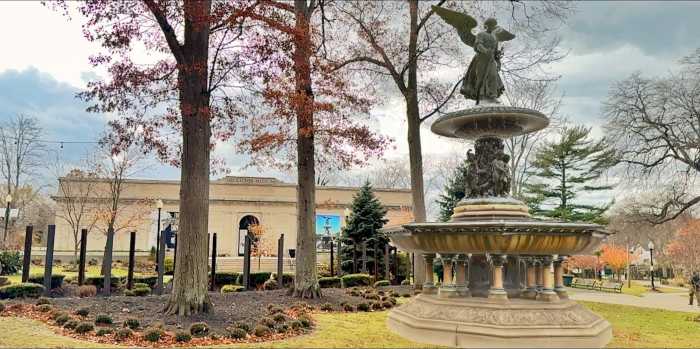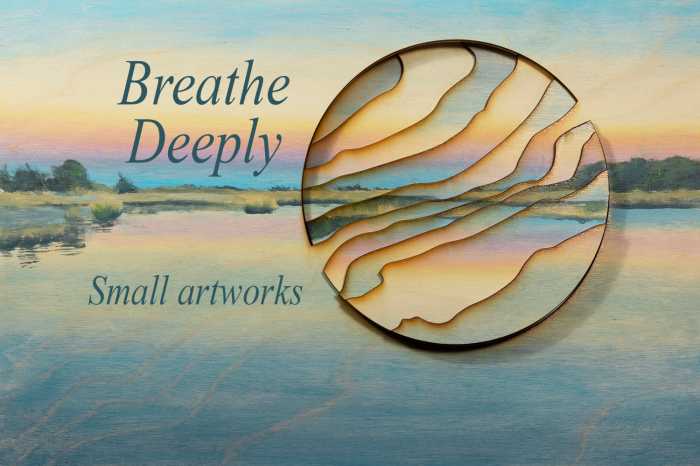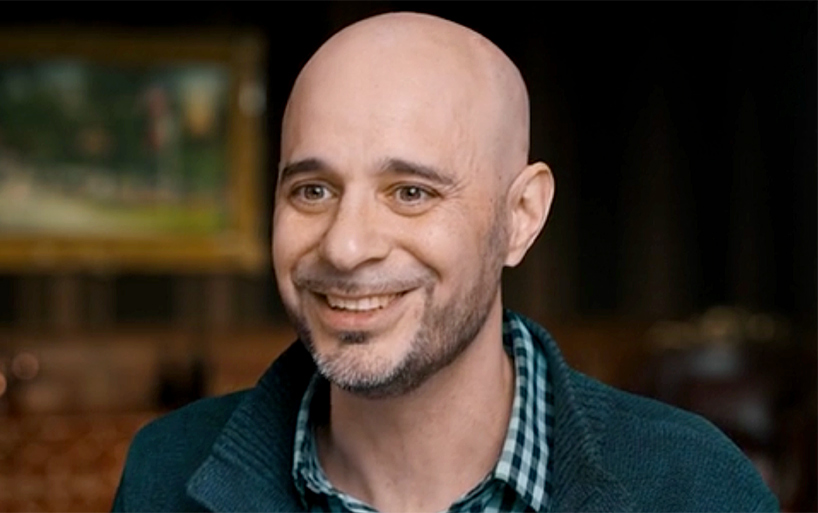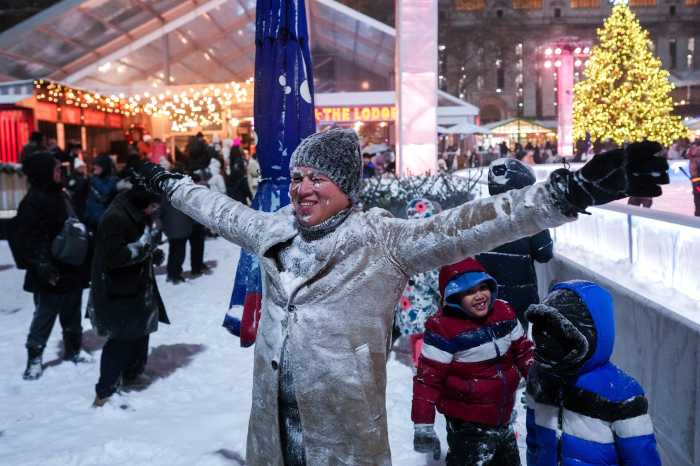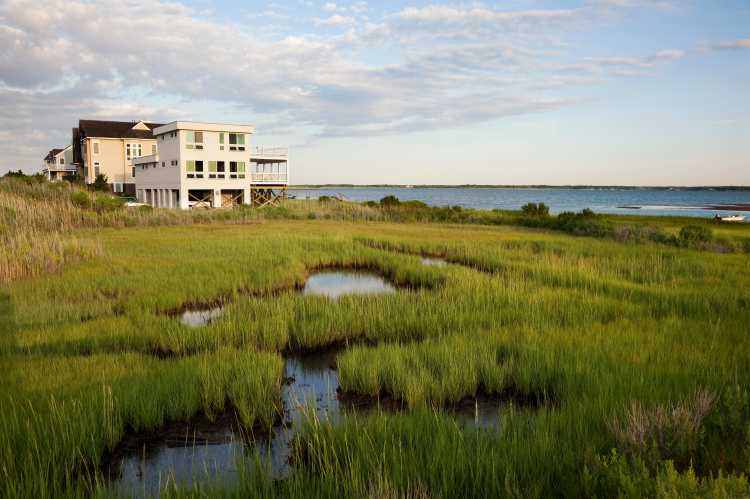Amid a shifting suburban landscape in 1925, the Mayfair Theatre emerged as Great Neck’s premier venue for live theater and cinema, signaling the community’s cultural ascent.
Located at North Station Plaza, the theatre opened in the mid-1920s with a sloped-auditorium design that set it apart from many early-20th-century neighborhood theaters. With seating for approximately 350, it quickly became a key entertainment destination for Great Neck residents and Manhattan commuters.
In May 1925, reports in “Motion Picture News” noted that Irving Lesser—who also operated the Great Neck Playhouse—had added the Mayfair (sometimes listed as “Mayfield”) to his theater circuit. The acquisition indicated a growing appetite in Great Neck for cultural offerings beyond film, including legitimate theater and vaudeville.
The Mayfair’s nearly 2,000-seat competitor, the Great Neck Playhouse on Middle Neck Road, launched in 1925 under Irving Lesser’s leadership as well.
While the Playhouse featured out-of-town tryouts, Broadway previews and musicals—including George Abbott’s “Straight Shooter” and a stage adaptation of “The Great Gatsby”—the Mayfair initially focused on film exhibition, though it likely also included occasional vaudeville or community events.
Admission to the Mayfair ran 15 cents—an affordable price for the middle-class families who had begun populating Great Neck after the expansion of the Long Island Rail Road and improvements to local roads. These working- and middle-class households—clerks, craftsmen, service workers—relied on local venues like the Mayfair to socialize and unwind.

Community newspapers of the era frequently listed Mayfair and Playhouse showings alongside local events, showing the community’s growing embrace of local entertainment. While many Great Neck residents frequented the Village Green and local clubs, the theaters offered indoor leisure, especially during off-seasons.
Despite its success, the Mayfair’s independent status and smaller size meant its lifespan was brief.
Historical phone directories show its final appearance in Great Neck by 1927; it seemingly closed soon after, perhaps absorbed into Irving Lesser’s larger Playhouse operation. By 1928, only the Playhouse was listed in local directories, suggesting the community consolidated around one cultural anchor.
Though short-lived, the Mayfair reflected Great Neck’s 1925 evolution: from quiet suburb to culturally engaged enclave. It embodied the early suburban impulse to provide residents with metropolitan-level entertainment close to home, without the train ride into Manhattan.
Today, the story of the Mayfair lives on through local archives, early theater documents and accounts of long-time residents. Its brief but significant presence marked a moment when Great Neck asserted itself not just as a commuter suburb, but as a community shaping its own cultural identity.
The Mayfair’s story illustrates how, in the spring of 1925, Great Neck residents claimed a place on Long Island’s cultural map, welcoming Hollywood reels and occasional vaudeville acts into their evolving neighborhood.




